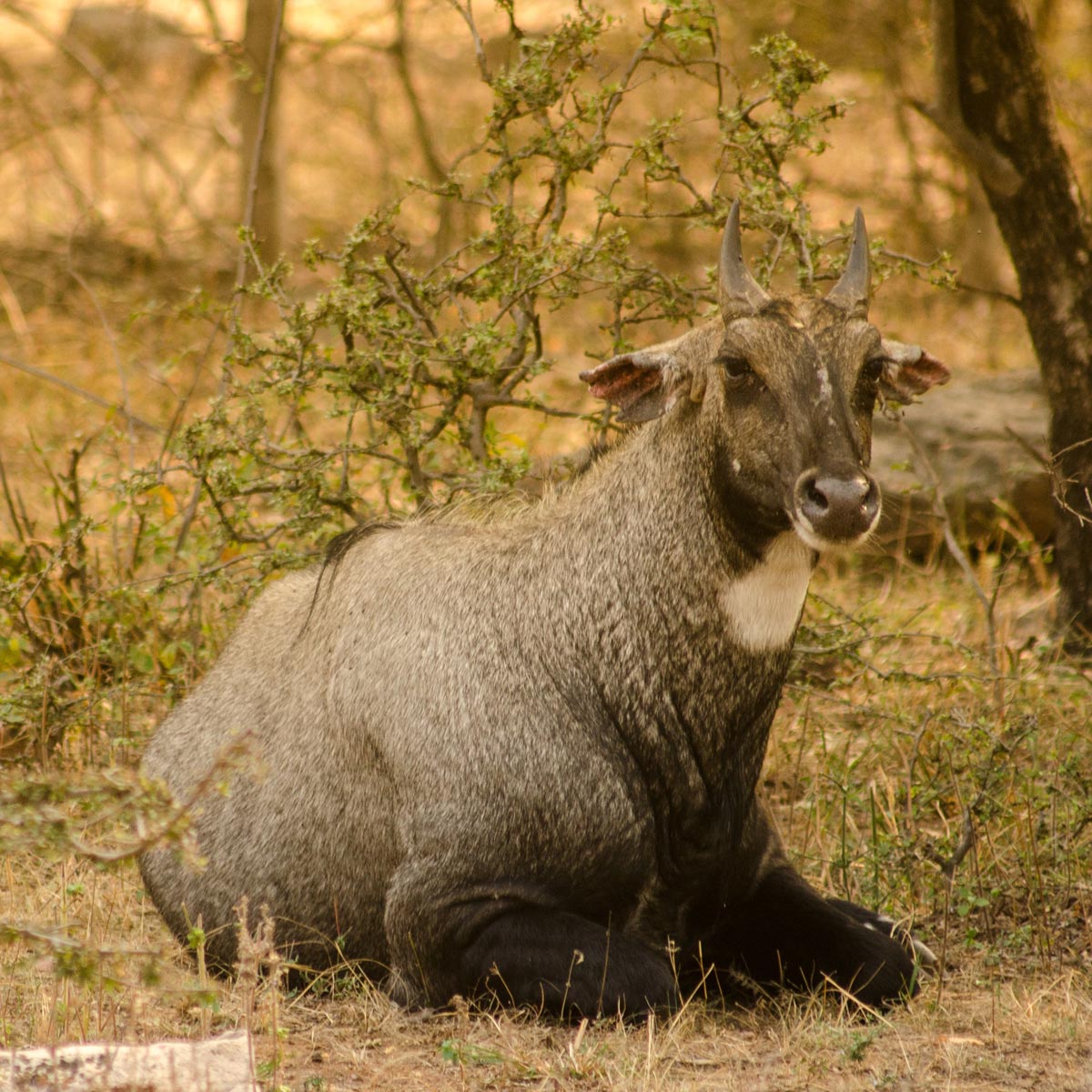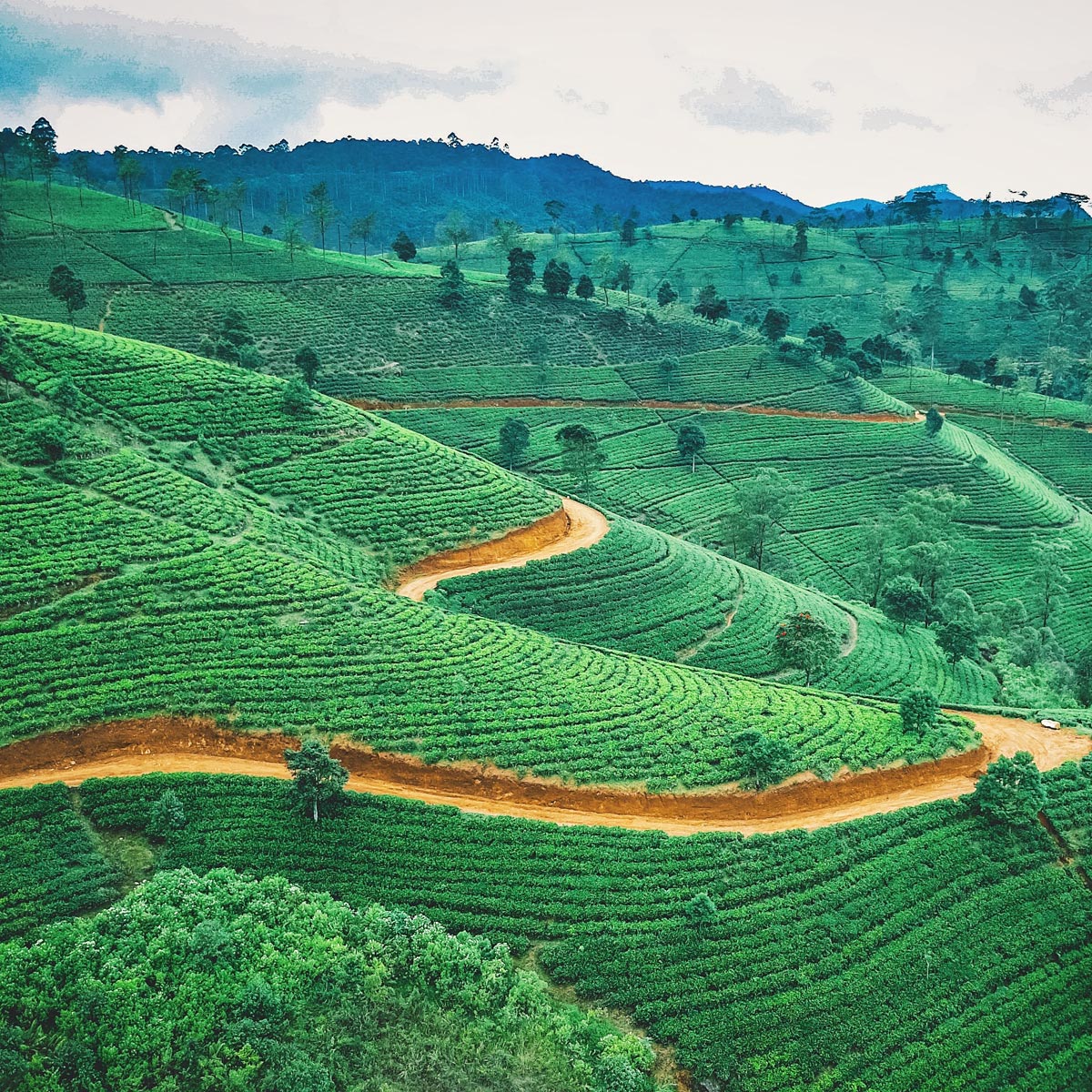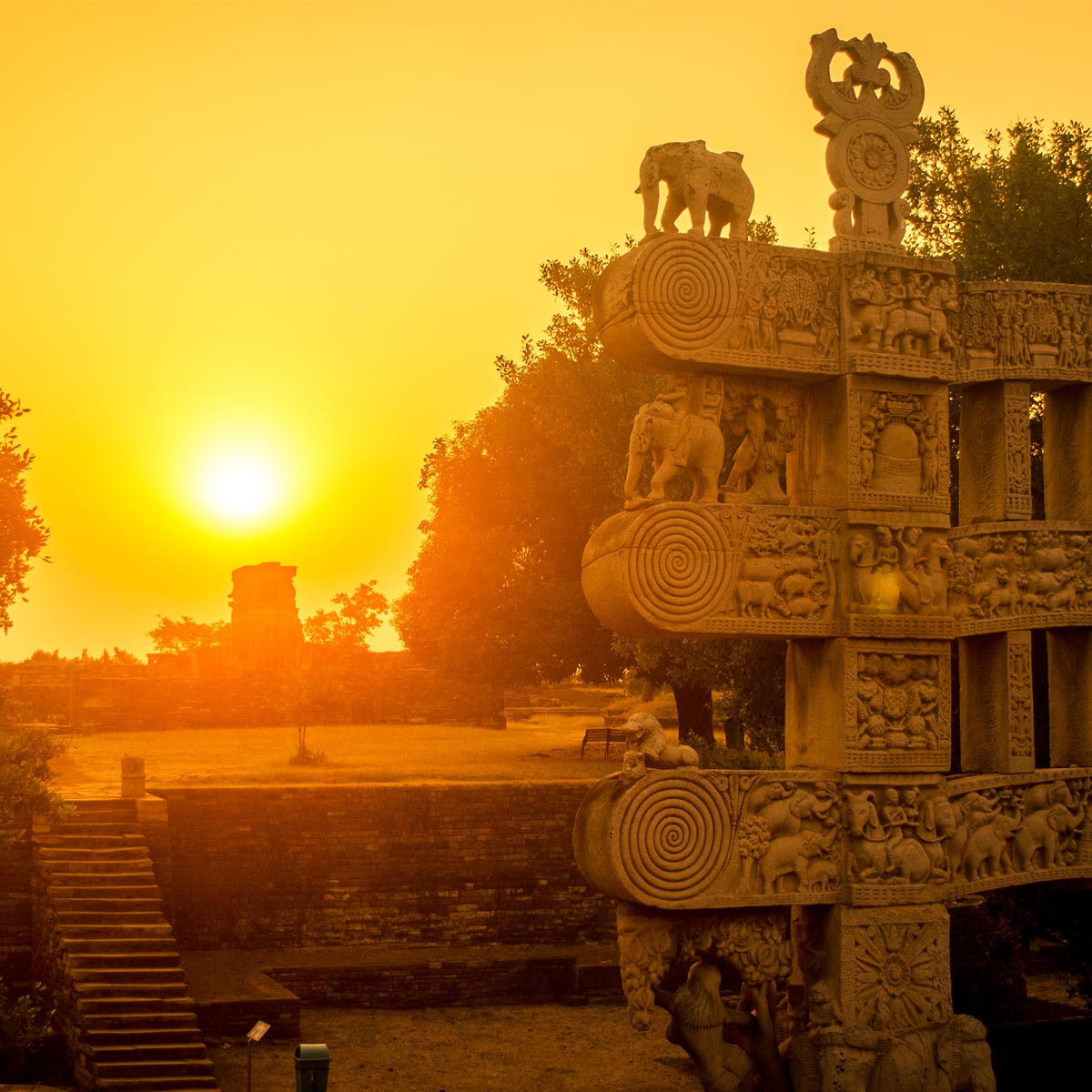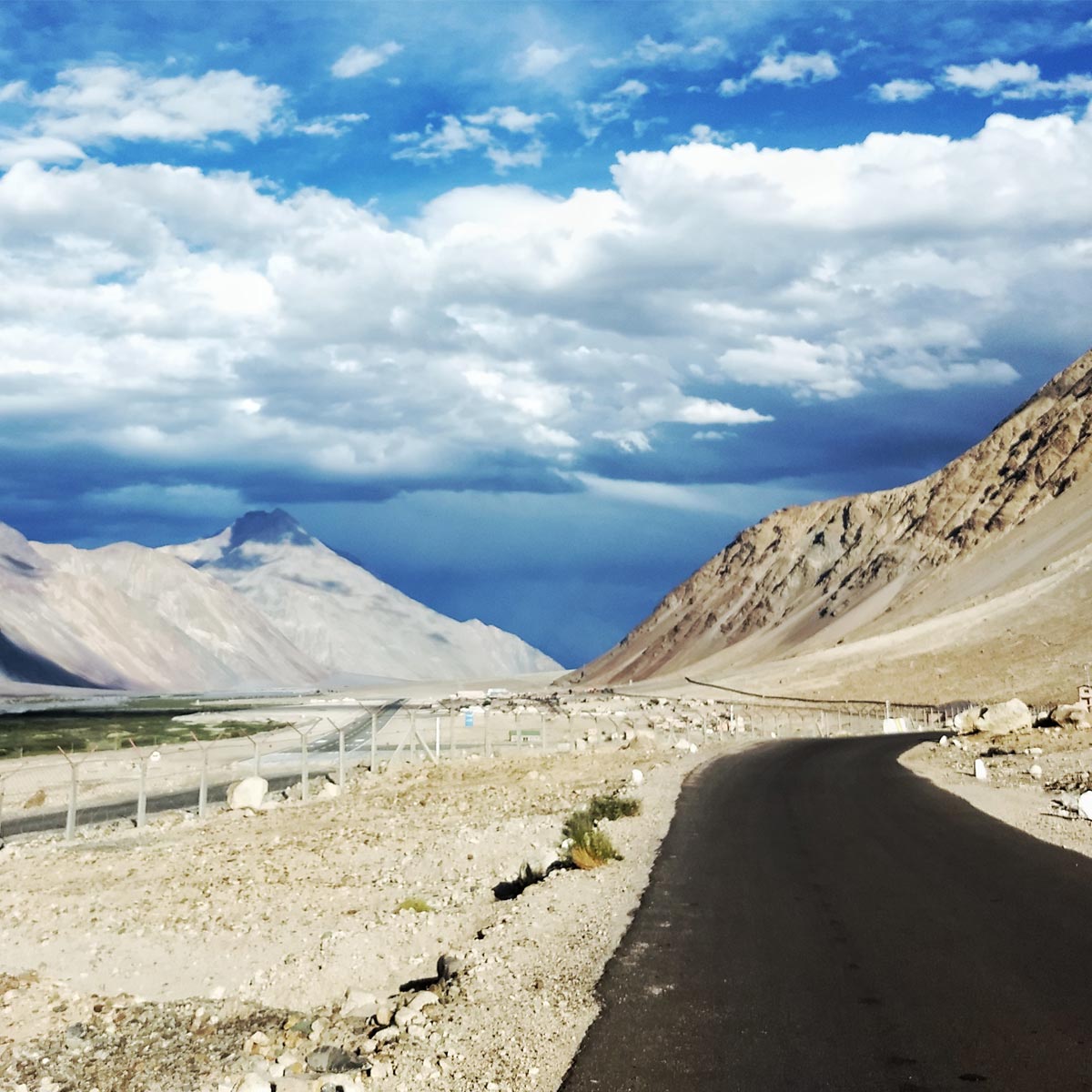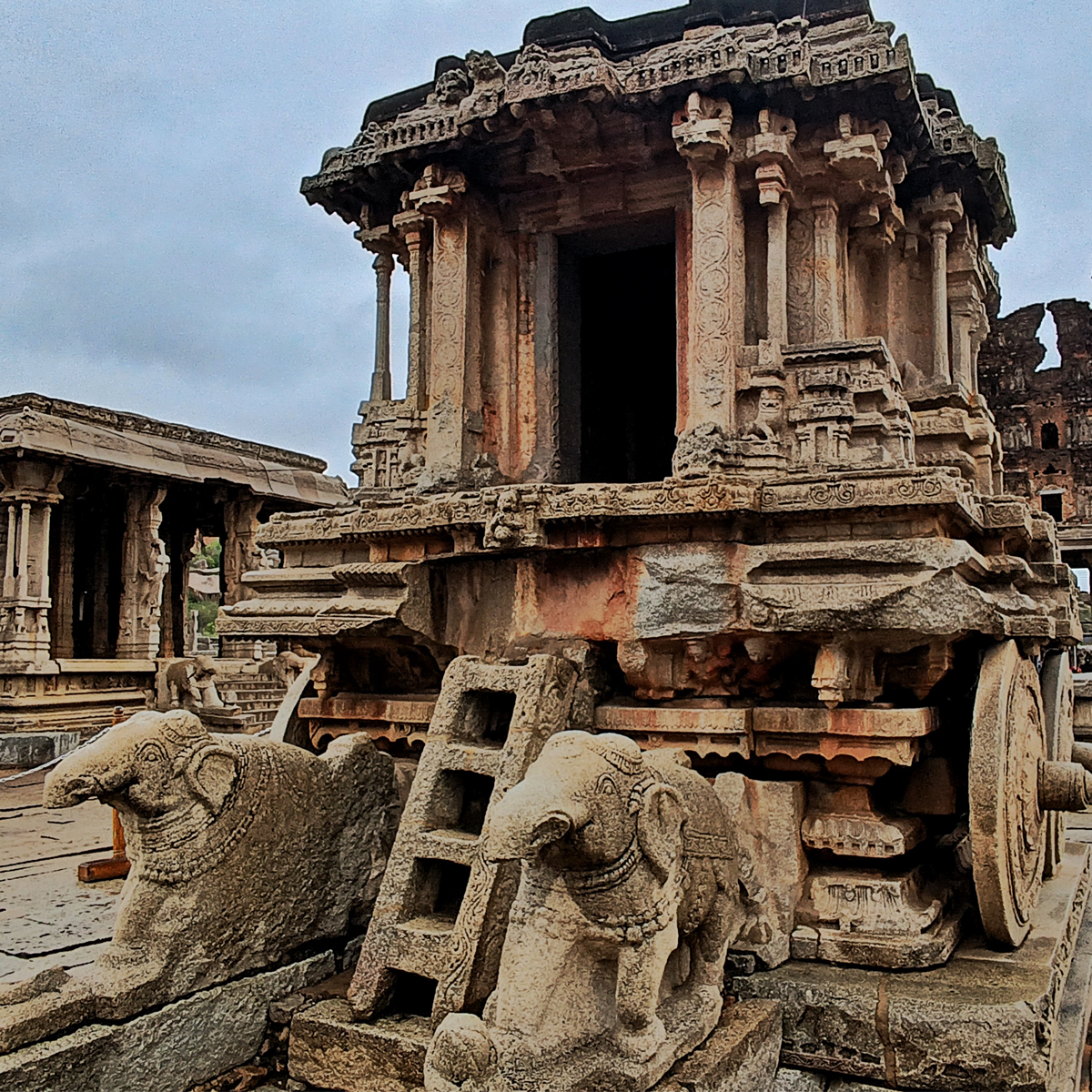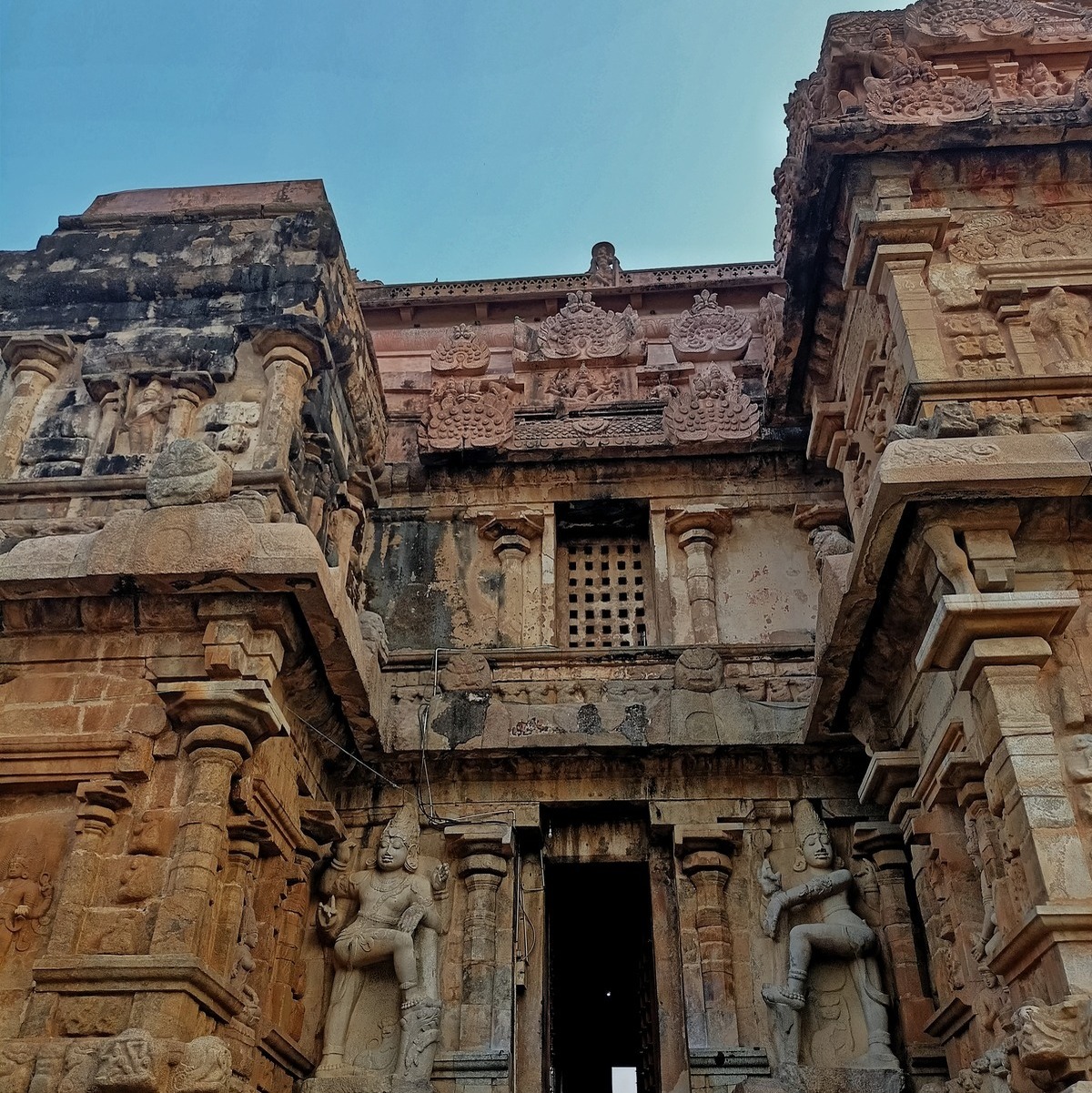Embark on a captivating journey through Europe, where contrasting landscapes and rich cultural tapestries await. From the somber shores of the Baltic to the radiant blues of the Aegean, and from the ancient fortresses to the towering skylines, immerse yourself in the allure of Europe aboard a cruise.
Season: September
Wildlife Sanctuaries in India
If you are looking to trail a tiger or track an elephant, India has the most exciting wildlife parks where you can do so. Its diverse landscape invites you to take a look into its rich wildlife that varies in every region, ensuring a different experience each time. So, put on your ranger’s hat and board this thrilling safari that will bring you a step closer to the country’s exotic wild.
Ranthambore National Park, Rajasthan
The Ranthambore National Park is one of the last sanctuaries where the Royal Bengal Tiger roams free. Spread over 392 sq kms and located just 130 kms away from Jaipur, the deciduous forests of Ranthambore make for great wildlife viewing and though besides the tiger, one can spot other game like sambar, chital and panthers, it is primarily the tiger that one comes here for. Early morning and late afternoon safaris will take you to possible spots where a tiger and some of its cubs may cross your path.
So come to Ranthambore and nine times out of ten you are bound to catch sight of the majestic tiger in all its natural glory. It’s a sight like no other – unique and exciting!
Bandhavgarh National Park, Madhya Pradesh
Sheltered in the Vindhyas of Madhya Pradesh, the Bandhavgarh National Park was the original home of the precious white tigers where they were first sighted in Rewa. The lush greens of this wild paradise are spread across 437 sq. Kms of land. So there’s a lot the wildlife enthusiasts can look forward to. Nilgai, Chinkara and Wild boars are amongst those easily sighted. Spotting a fox could be tricky. The park boasts of a healthy population of tigers which translates into extremely favourable chances of a sighting. Meet all of them and the others at the woods of Bandhavgarh, where pristine nature embraces the wild.
Kaziranga National Park, Assam
Spot the rhino’s head on the map of India and you’ll know where Kaziranga is. Habitat of the one horned rhinoceros, paradise for wild elephants and water buffalos, a prominent tiger reserve and a world heritage site in the state of Assam, the Kaziranga National Park is a haven for the wild. Ride through its meadows and marshes for a tete-a-tete with the Hog deer, sloth bears, capped langoors and some of the largest pythons in the world. Or stick close to its rivers and you’ll probably see the Gangetic Dolphins in full swing. For more, come to Kaziranga and discover some exotic surprises on its wild vistas.
Sunderbans, West Bengal
Enshrined in the swamped mangroves at the tip of Bengal is the kingdom of Royal Bengal tigers known as Sunderbans National Park. A UNESCO World Heritage Site, the Sunderbans are spread over a massive land mass of 4264 sq Kms, disappearing towards the south into the sea. The swamps help you locate the striped beasts seen resting in the estuarine mangroves, escaping the scorching heat. And since you’re there, you may also get to see snakes, crocodiles and fishing cats, all looking forward to preying on tiny marine species. Sunderbans treasure numerous rarities of flora and fauna making it the finest destination for an unmatched wild adventure. So get here and be a part of this unique experience.
Gir Wildlife Sanctuary, Gujarat
The last preserve of the Asiatic Lion, Gir Wildlife Sanctuary sits at the brink of peninsular Gujarat in the southwestern belt of dry deciduous forests. One of India’s prime wildlife attractions, Gir is a flourishing hub for the big cats, which includes lions as well as leopards. In fact, Gir has the largest number of leopards in the country. The sanctuary’s waters are known to be infested with numerous muggers or marsh crocodiles catering to the reptilian interests of spectators. However, it’s the majestic prides scattered sparsely throughout the sanctuary’s territory that leave visitors awe struck upon an encounter and place Gir in a special category of wildlife conservation centers.
Discover Sri Lanka!
JourneyMart presents ‘Discover Sri Lanka’; a series of exclusive tours round the year!
Join us to explore the rich culture and natural beauty of Sri Lanka as we travel through some of the most iconic sites of the country.
Cultural Bhutan
JourneyMart presents a series of exclusive experiences in Bhutan!
Join us to explore the soaring peak of the Himalayas “A travel experience like no other”.
Vietnam Classics!
JourneyMart presents ‘Vibrant Vietnam’; a series of exclusive tours round the year!
Join us to explore the rich culture and natural beauty of Vietnam as we travel through some of the most iconic sites of the country. Join us on this adventure to bring out the beautiful face of Vietnam which was, for long, masked by the infamous war!
Splendours of Bhopal
Bhopal also known as the ‘City of Royals’ has a long, important history.
Between 1819 and 1926, it was ruled by the generation of Begums for over 100 years, who gave the city its waterworks, railways, a postal system, and a municipality. Between 1819 and 1926, it was ruled by the generation of Begums for over 100 years, who gave the city its waterworks, railways, a postal system, and a municipality.
The four Queens, Qudsia Begum (1819-37), Sikander Begum (1844-68), Shah Jahan Begum (1868-1901), and Sultan Jahan Begum (1901-1926) were great reformists and patrons of education, art, culture and public works. They also built several great monuments, which still stand as testimonies to the city’s celebrated past.
Ladakh Diaries
Ladakh, once a Buddhist kingdom has Barren mountains, fiercely marked rocky outcrops, charming Gompas and colourful flags are few of the sites that elucidate the natural artistry and grace of Ladakh. The strong and balanced historic community of Ladakh has enough to offer.
Trans-Himalayan Traverse
The Trans-Himalayas Mountain Region or Tibet Himalayan Region is located to the north of the Great Himalayas which is consists of Karakoram, Ladakh, Zaskar and Kailash mountain ranges. It runs over around 1,000 kilometres in an east-west direction with an average elevation of 3000 metres above sea level.
In this tour we are highlighting and covering the Ladakh Ranges: located to the north of Leh, which merges with the Kailash range in Tibet. Khardung La and Digar La are two significant passes to the north and east of Leh.
It is bounded to the east by the Chinese Tibet Autonomous Region, to the south by the Indian state of Himachal Pradesh, to the west by both the Indian union territory of Jammu and Kashmir and Pakistan-administered Gilgit-Baltistan, and to the far north by the southwest corner of Xinjiang across the Karakoram Pass.
The region is drained by the Indus River and its major tributaries, the Shyok-Nubra, Chang Chenmo, Hanle, Zanskar, and Suru-dras rivers.
The high altitude terrain of Ladakh was produced by glaciofluvial processes enhanced by freeze-thaw weathering. Ladakh has a severe climate and is one of the highest and driest inhabited areas on the planet. Ladakh’s climate is known as a “cold desert” climate because of its arctic and desert characteristics.
Hampi: The City Of Legends
Dravidian architecture flourished under the Vijayanagara Empire and its eventful form is outlined by their colossal dimensions, sheltered enclosures and lofty towers over the entrances cloaked by embellished pillars
The Chola Trail
Led by master Storyteller, Author & TEDX speaker – Dr. Pradeep Chakravarthy
Tanjore as you explore the heritage & culture of the Chola Dynasty, witnessing the marvels of Dravidian Architecture and the grandeur of erstwhile Thanjavur, all the while being narrated exclusive insights by our eminent storyteller & historian, Mr. Pradeep Chakravarthy!



